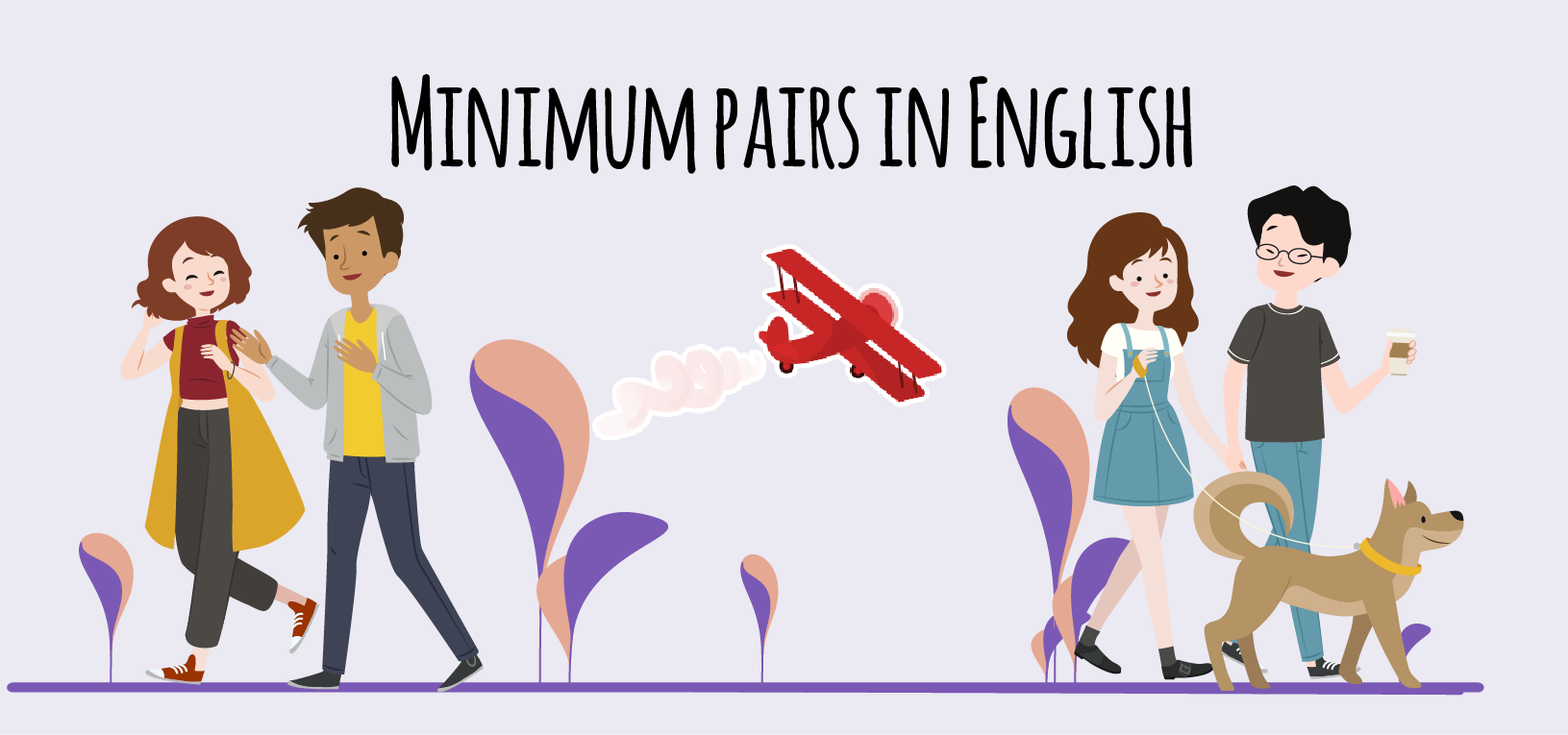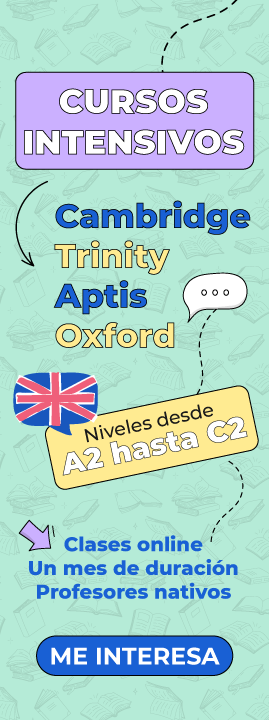Minimum pairs in English

Minimum pairs in English
It is very likely that while studying English you have noticed that there are many words that seem to sound the same or similar. And that in addition, many times they are also written in a very similar way. If anything, they differ only by one letter. Well, these words have a name. They are called ” minimal pairs” , and it is a phenomenon that exists in all languages, even in sign language.
What are minimum torques?
When we speak of a minimal pair we are referring to a pair of words that are only differentiated by one phoneme. Due to this difference, and to the similarity between the rest of the phonemes, linguists are in a position to analyze the coexistence of sound and meaning in the words of a language. The correct conclusion is that logically different sounds imply different meanings, with which minimal pairs become the easiest way to identify phonemes in a language.
Minimum pairs in English
In the case that we are dealing with English, we must, of course, take into account the pronunciation. And it is that you can find minimal pairs as obvious as hit (golpear) and hid (esconder), while others like jail (cárcel) and Yale (yes the famous university) are, for the average English student, much more difficult to identify with the naked eye. Especially for those of us who have a native language that barely differentiates between how a word is written and how it is pronounced.
However, jail and Yale are minimal pairs. In English, spelling of minimal pairs, that is, the way words are spelled, doesn’t have to be alike at all. As long as that only phonetic difference exists, one can speak of minimal pairs. Thus, jail is pronounced / ˈdʒeɪl /, and Yale is pronounced / jeɪl /.
Junction of English words
In English, minimum pairs not only occur between single words, but can appear in certain short sentences , especially through processes such as diphthongation between the end of one word and the beginning of the next. To understand each other better: it may be the case that two words in a row sound the same as two totally different words in a row.
- For example, we have great ape and also gray tape which are minimal pairs. If read quickly, the diphthong makes them sound like a single word, / ɡreɪteɪp /. And neither their respective writing nor their meaning have anything to do with it.
This difference between two groups of words like these is called juncture in English , which has been translated as “joint”; or, since we are talking about oral expression, coarticulation. This “joint” can be open or closed. In the example above, / ɡreɪt.eɪp / would indicate an open junction between t and e, and / ɡreɪ.teɪp / a closed one.
Current use
Minimal pairs were used quite frequently during the 1940s and 1950s for the purpose of teaching English pronunciation. And, although later the use of these minimal pairs as a teaching subject has been criticized as not very relevant, the current reality is that they continue to be used in speech therapy and other speech therapies. And it also still serves and is used not only to practice pronunciation in English, but as a good source of vocabulary.
Minimum pairs for the practice of speech therapy
B | P | T | D |
| B / P | P / B | T / P | D / P |
| Bee / pea | pea / bee | tie / foot | die / pie |
| bin / pin | pin / bin | tine / pine | dine / pine |
| beg / peg | peg / beg | tall / Paul | deal / peel |
| beep / peep | peep / beep | teal / peel | D / P |
| bay / pay | pay / bay | have / pen | din / pin |
| beach / peach | peach / beach | tail / pail | deep / peep |
| bark / park | park / bark | tea / pea | day / pay |
| big / pig | pig / big | tin / pin | dark / park |
| bees / peas | peas / bees | teach / peach | dig / pig |
| bath / path | path / bath | tease / peas | deal / peel |
| bug / pug | pug / bug | ||
| bye / pie |
Last but not least, we leave you the number 1 online platform for registration of official language exams.



